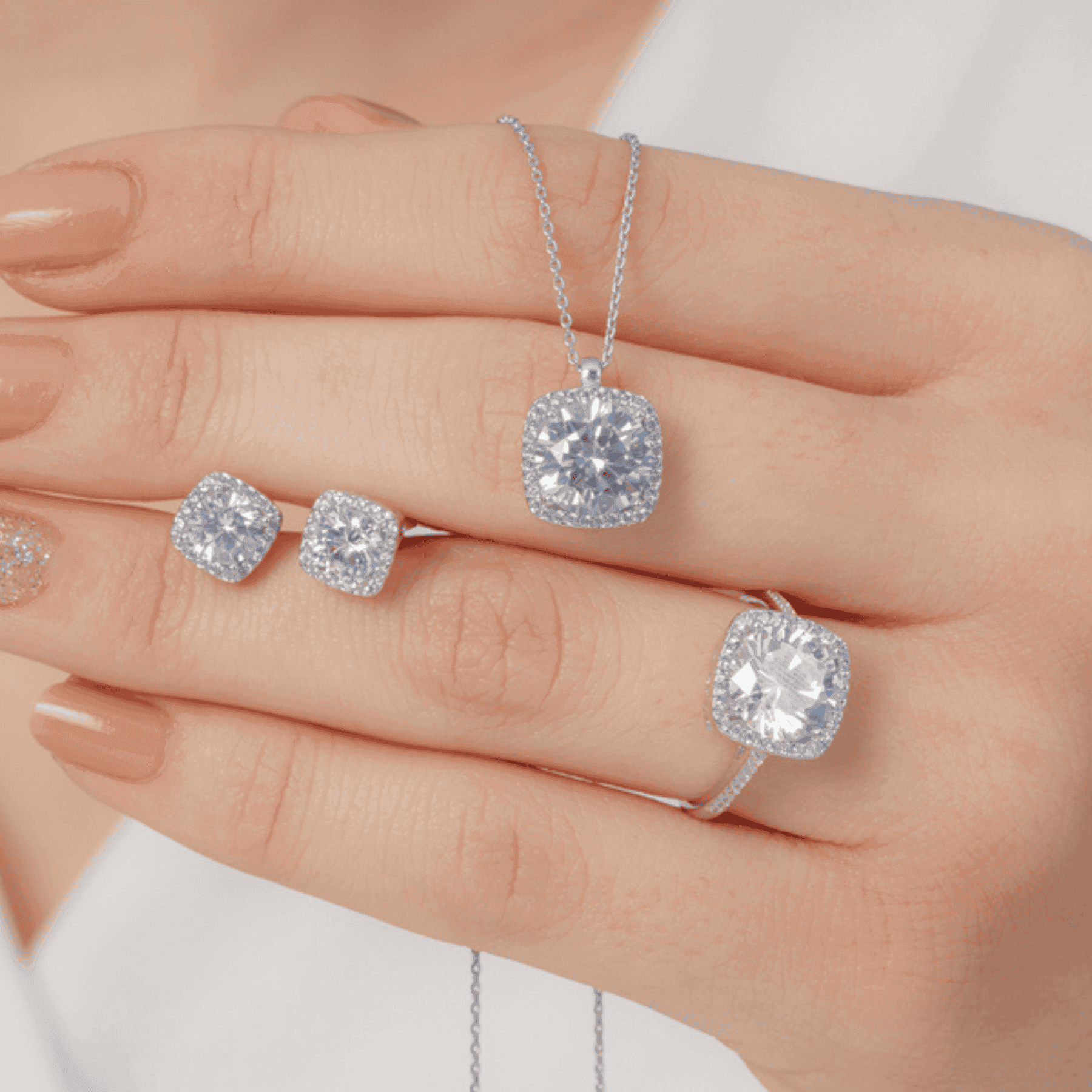
Watches & Jewellery
•03 min read

Bengali jewelry is a timeless reflection of cultural heritage. It blends intricate craftsmanship with deep symbolism, making every piece an enchanting work of art. Whether you are drawn to the opulence of gold or the subtle allure of silver, understanding both helps you align your choice with your personal style, occasion, and budget.
Bengali jewelry is much more than a mere accessory; it is an expression of art and identity. Traditional Bengali jewellery features ornate patterns and symbolic motifs like lotuses, peacocks, and temple designs. Handcrafted Bengali ornaments often reflect a rich legacy, emphasizing both status and heritage. Gold has long been associated with prosperity and auspicious beginnings, while silver is celebrated for its affordability and modern versatility.
Key pieces in this tradition include:
Gold Bengali Jewelry Designs: Pieces such as Sitahar, Chur, Mantasha, and Kankan, which are highly valued in Bengali bridal jewelry and temple jewelry collections.
Silver Bengali Jewelry: Designs like Khopa Kata, minimalist nose rings, and designer Bengali necklaces that complement both ethnic and contemporary styles.
Gold Bengali jewelry has long been admired for its timeless appeal and exquisite craftsmanship. It stands as a symbol of opulence and is a staple for festive occasions, particularly in Bengali bridal jewelry sets and temple jewelry collections. The rich gleam and intricate details in gold pieces make them a treasured part of traditional celebrations and ceremonies.
Popular designs in this category include:
Sitahar: A long necklace that adds a regal touch to wedding attire.
Lohori Haar: A layered necklace embellished with temple motifs, perfect for festive celebrations.
Kankan: Gold bangles that symbolize marital bliss and prosperity.
The advantages of gold jewelry are many. It is durable, holds high resale value, and beautifully complements traditional attire such as sarees and lehengas. Such qualities make gold pieces a long-lasting and meaningful investment.

The charm of silver Bengali jewelry lies in its minimalist design and modern appeal. Silver pieces are becoming increasingly popular for everyday wear, especially among those who prefer a subtle yet refined look. Designer Bengali necklaces and elegant Bengali earrings designs made in silver offer a fresh take for contemporary fashion enthusiasts.
Notable silver designs include:
Khopar Kata: Intricately designed hair accessories that reflect traditional artistry.
Nose Rings: Minimalistic designs that make a striking impression.
Silver Bengali Jewelry Sets: Affordable options that do not compromise on style for daily wear or modern events.
Silver jewelry is lightweight, budget-friendly and incredibly versatile. It blends well with both ethnic and western outfits and is an excellent choice for those who appreciate the understated elegance of minimalist fashion.
Deciding between gold and silver Bengali jewelry depends on several factors. When considering the occasion and purpose, gold is ideal for weddings, festivals, and traditional ceremonies. In contrast, silver is perfect for casual wear, work, and modern events. If budget is a primary concern, silver is both affordable and practical, whereas gold represents a long-term investment accompanied by a higher price tag. Maintenance is another critical factor; gold retains its shine longer with minimal polishing, while silver tends to tarnish over time and may require more frequent care. Lastly, your personal style plays a significant role—gold appeals to those who love making bold statements, while silver is favored by minimalists and individuals with modern sensibilities.
Insight Corner: The Versatility of Bengali Jewelry
Did you know that many antique Bengali jewelry pieces are designed to be interchangeable? For example, a gold pendant from a traditional necklace can easily be paired with a silver chain to create a look that beautifully marries the old with the new.
Fashion is ever evolving, and Bengali jewelry is no exception. Fusion styles that combine gold and silver in one piece are increasingly in vogue. For instance, gold-plated silver jewelry offers a contemporary twist that blends the best of both worlds. Designer Bengali necklaces that feature mixed metals demonstrate how traditional craftsmanship can adapt to modern trends.
Customization has also seen a rising trend in this space. Many artisans focus on creating bespoke handcrafted Bengali ornaments that are tailored to individual preferences. This approach not only respects tradition but also embraces modern aesthetics. Additionally, sustainability remains a key priority for today's conscious buyers, with recycled silver and ethically sourced gold becoming popular. This commitment to responsible craftsmanship ensures that purchasing jewelry can be both stylish and beneficial for the environment.

Gold Bengali jewelry is traditionally durable and ideal for special occasions, while silver offers versatility and affordability for everyday wear.
Gold Bengali jewelry, especially in the form of Bengali bridal jewelry sets, is preferred for weddings because of its grand and auspicious feel.
Store silver jewelry in an airtight container to avoid tarnish and use a silver polishing cloth regularly to maintain its shine.
Yes, mixing both metals is a popular trend. Pairing a gold pendant with a silver chain creates a unique, modern look that respects tradition while embracing innovation.
Handcrafted pieces generally carry a higher price due to their meticulous creation process, but they offer unmatched uniqueness and quality.
Choosing between gold and silver Bengali jewelry ultimately depends on your personal taste, special occasion, and financial preferences. Gold exudes a sense of grandeur that is perfect for ceremonial use, while silver offers a versatile, everyday charm. Each metal brings its own allure and significance, making both valuable additions to your jewelry collection. Embracing the rich legacy of Bengali jewelry allows you to celebrate self-expression, style, and responsible fashion while reflecting on cultural heritage.